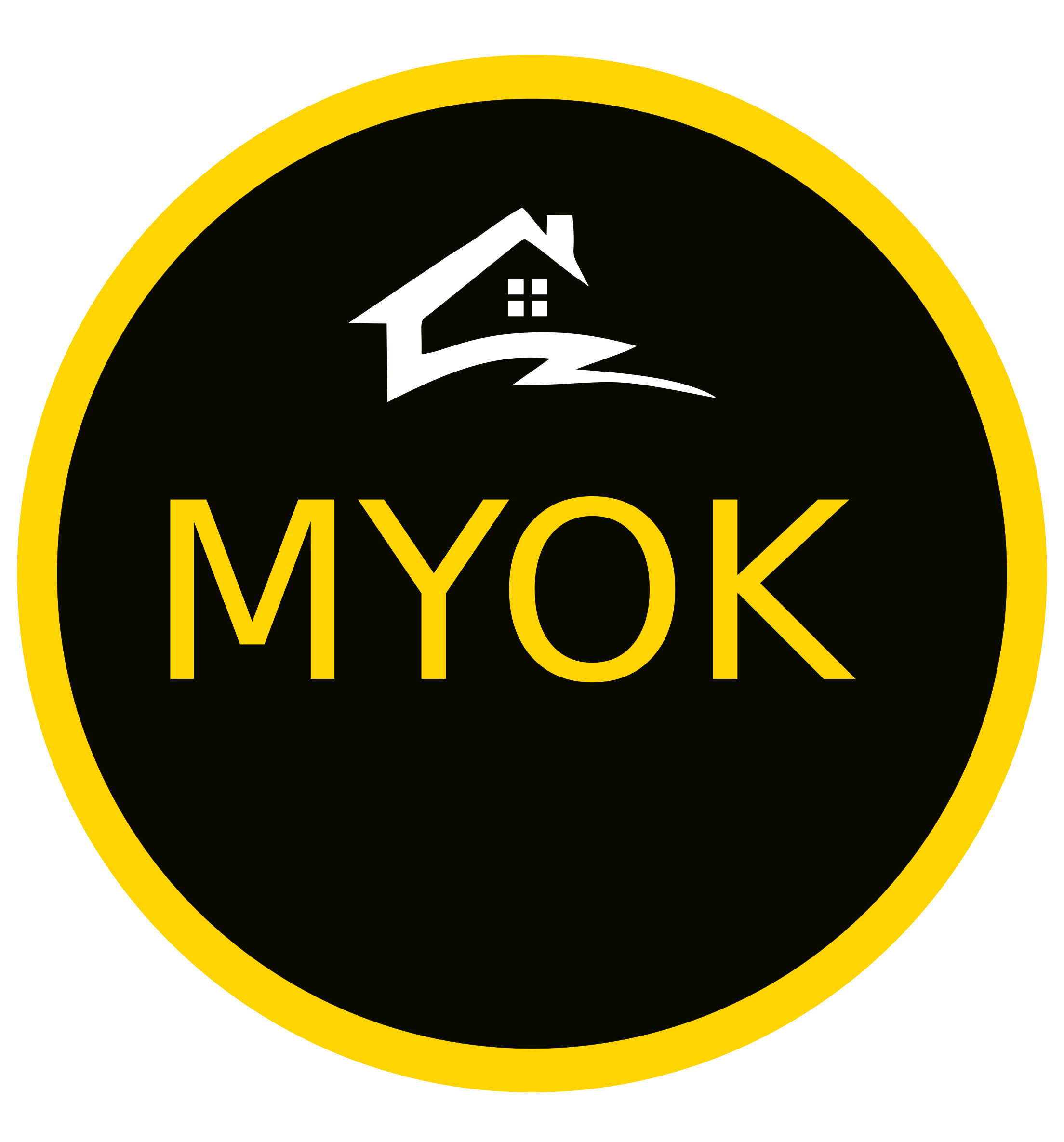Balcony Modification
Balcony modification refers to the process of altering, renovating, or improving an existing balcony to enhance its functionality, safety, aesthetics, or usability. This could involve various changes depending on the specific goals and requirements of the modification project. Some common balcony modifications include:
-
Structural Enhancements: Reinforcing the balcony structure to improve stability, safety, and load-bearing capacity. This may involve repairing or replacing damaged or deteriorated structural components such as beams, columns, or railings.
-
Safety Upgrades: Installing or upgrading safety features such as guardrails, balustrades, or safety barriers to prevent falls and ensure compliance with building codes and regulations.
-
Waterproofing and Sealing: Applying waterproofing membranes, coatings, or sealants to protect the balcony from water damage, leaks, and moisture infiltration. This is especially important for balconies exposed to the elements.
-
Surface Finishes: Refinishing or replacing the flooring and decking materials to improve durability, aesthetics, and comfort. Options may include tiles, stone, wood, composite materials, or decorative concrete finishes.
-
Enclosure or Screening: Adding walls, partitions, screens, or curtains to create privacy, block wind or sunlight, or enhance security. Enclosing a balcony can also extend its use during inclement weather or provide a cozy outdoor living space.
-
Functional Upgrades: Incorporating features such as lighting, electrical outlets, fans, heaters, or built-in storage solutions to increase usability and comfort. These upgrades can enhance the functionality and versatility of the balcony for various activities and occasions.
-
Aesthetic Enhancements: Enhancing the visual appeal of the balcony through decorative elements, landscaping, outdoor furniture, accessories, or artwork. Choosing appropriate colors, textures, and materials can create a cohesive design scheme that complements the architecture and surroundings.
Balcony modification projects should be carefully planned and executed to ensure structural integrity, safety, and compliance with local building codes and regulations. Depending on the scope and complexity of the modifications, professional consultation and expertise may be required from architects, structural engineers, contractors, or interior designers to achieve the desired results effectively and safely.
